Saint-Gaudens National Historical Park
In the rolling countryside of Cornish, New Hampshire, a vibrant history of American art is preserved at the Saint-Gaudens National Historic Park.
Once the home, studios, and gardens of Augustus Saint-Gaudens, one of America’s foremost sculptors, this national park offers a unique opportunity to explore his life, his work, and the influential arts community he helped establish. For art lovers, history buffs, and nature enthusiasts, a walk through these grounds is a journey into the creative heart of Augustus Saint-Gauden.
(Paid Affiliate Link)
Augustus Saint-Gaudens
Augustus Saint-Gaudens, an Irish-born immigrant who grew up in New York, found immense success with his realistic bronze monuments in the late 19th century. Seeking respite from the summer heat of Manhattan, he rented a dilapidated Federal-style house in Cornish in 1885. He named the estate “Aspet,” after his father’s birthplace in France, and was soon won over by the idyllic surroundings.
The artist’s presence attracted other artists, writers, and designers, leading to the formation of the renowned Cornish Colony, a creative community that flourished from 1885 to the 1930s. Painters like Maxfield Parrish and architects such as Charles A. Platt frequented the estate. While the daytime was dedicated to work, evenings were spent socializing, with Saint-Gaudens’ home and the neighboring Blow-Me-Down Farm becoming central gathering spots. The natural beauty and tranquil setting, with views of Mount Ascutney, inspired many of the colony’s works.
The park preserves over 100 original and reproduced works by Saint-Gaudens, ranging from large public art pieces to detailed portrait reliefs.
The New Gallery and Atrium
As you approach the New Gallery and Atrium, you walk past the towering “Standing Lincoln.” A powerful, 12-foot-tall bronze version of the Abraham Lincoln sculpture, originally located in Chicago. It is a powerful piece and leaves you excited to explore the rest of the park.
The “Farragut Monument” is another inspiring piece that first brought Saint-Gaudens widespread recognition, commemorating Civil War Admiral David Glasgow Farragut.
Designs for the iconic “Double Eagle” gold piece that he created for the U.S. Mint are on display in the New Gallery and Atrium, which now display many of his sculptures. A sculpture of a seated Lincoln and “The Puritan” stand out as the major works, but there are many other displays that are worth taking the time to visit.
(Paid Affiliate Link)
Little Studio
The artwork in Augustus Saint-Gaudens’s Little Studio at the Saint-Gaudens National Historical Park showcases the renowned sculptor’s private workspace and artistic breadth. Built in 1904, this smaller studio was reserved for his personal projects, in contrast to the larger space where his assistants worked. Today, it displays a variety of works, from delicate bronze portrait reliefs to a version of his striking figure of Diana. The Little Studio’s art provides a glimpse into the creative process of one of America’s foremost sculptors, including his detailed work on portraiture.
(Paid Affiliate Link)
Shaw/Massachusetts 54th Regiment Memorial
Without a doubt, the highlight of the park is a recast of Saint-Gaudens’ masterpiece, the Robert Gould Shaw and 54th Regiment Memorial. Commissioned to honor Colonel Robert Gould Shaw and the 54th Massachusetts Infantry Regiment, this bronze relief depicts the first African American volunteer unit formed in the North to fight in the Civil War. Instead of a traditional equestrian statue, Saint-Gaudens shows Colonel Shaw on horseback beside his brave, determined soldiers, marching toward battle. For the first time in American commemorative sculpture, the artist chose to individually model the faces of the African American soldiers, creating empathetic portraits and conveying the heroism and sacrifice of the unit with realism and dignity. The original monument, which took Saint-Gaudens 14 years to complete, is located in Boston.
If you have never seen the movie “Glory”, I highly recommend it. For many, the monument acts as a “frozen” moment in time, representing the sacrifice and bravery of these soldiers. By watching the movie, viewers can gain a deeper understanding of the individuals and the struggle behind the stone and bronze figures, which adds a powerful new “dimension” to appreciating the monument.
Grounds
The grounds are as inspiring as the displays of artwork, with plenty of views and gardens to soak in. Mount Ascutney is ever-present as you stroll through the estate.
Aspet
Aspet was the historic home and estate of Augustus Saint-Gaudens. Saint-Gaudens named it for the village in France where his father was born. He and his wife, Augusta, transformed and renovated it, adding porches, terraces, and gardens. They decorated the interior with furnishings and art from around the world.
The first floor of Aspet is open to the public seasonally, with many of the family’s original furnishings and personal effects still in place.
Ravine Studio
This small studio, built around 1900, was also used by Augustus Saint-Gaudens. It is currently used to provide creative space for the sculptor-in-residence.
Blow-Me-Down Trail
I took the time at the end of the day to hike around the 2-mile Blow-Me-Down trail. It was a relatively easy hike that can be accessed at the lower field.
If you’re looking for more fun content that showcases the Dartmouth/Lake Sunapee Region, check out “A NH Maple Sugaring Tour.”
Be sure to subscribe so you can stay updated on my next adventure. Each notice to subscribers includes a favorite picture from my latest post. And remember to like, follow, and share on social media! Always feel free to leave comments and suggestions.
This post was created in collaboration between the author and the AI Tool Google Gemini.
Until we meet again, Live Free and Explore!

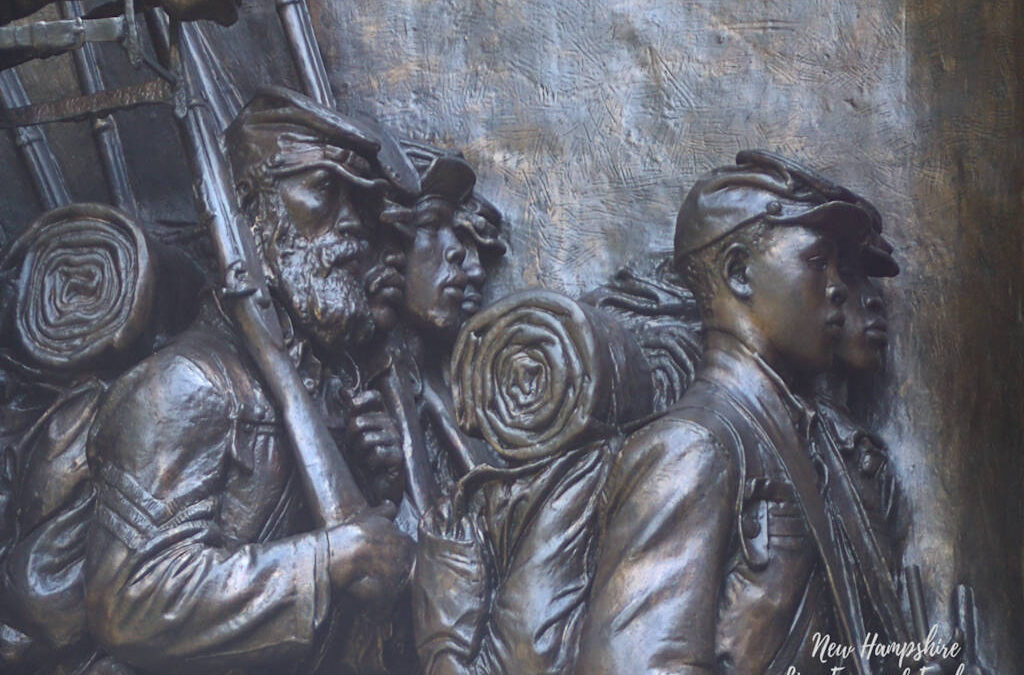
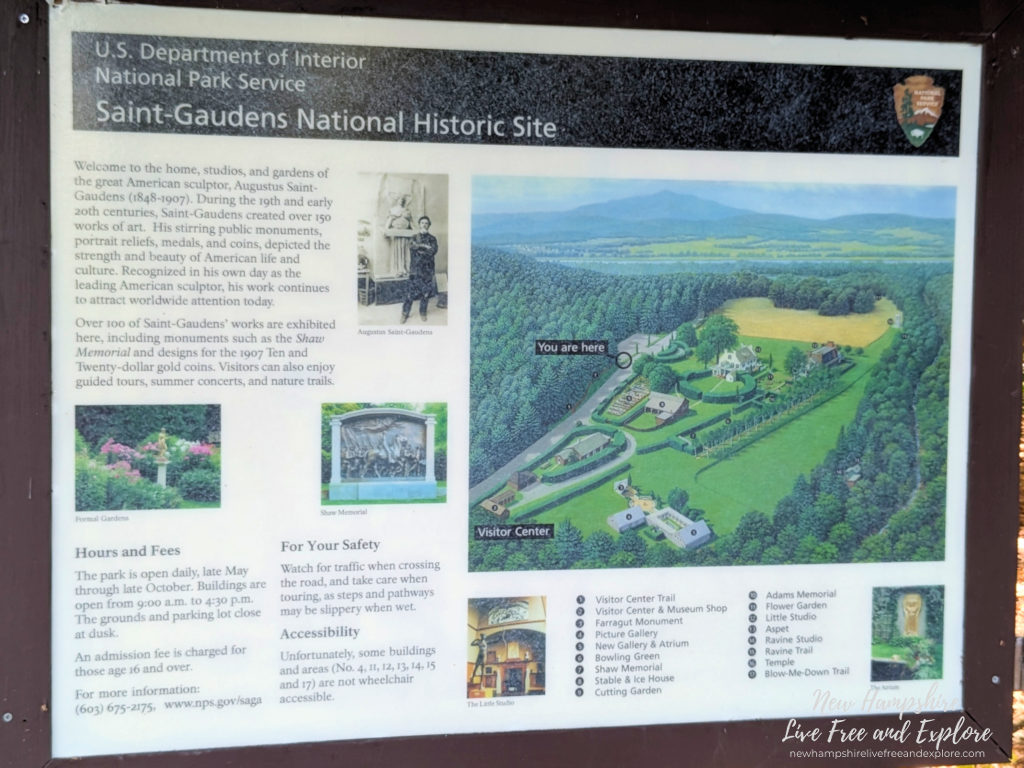
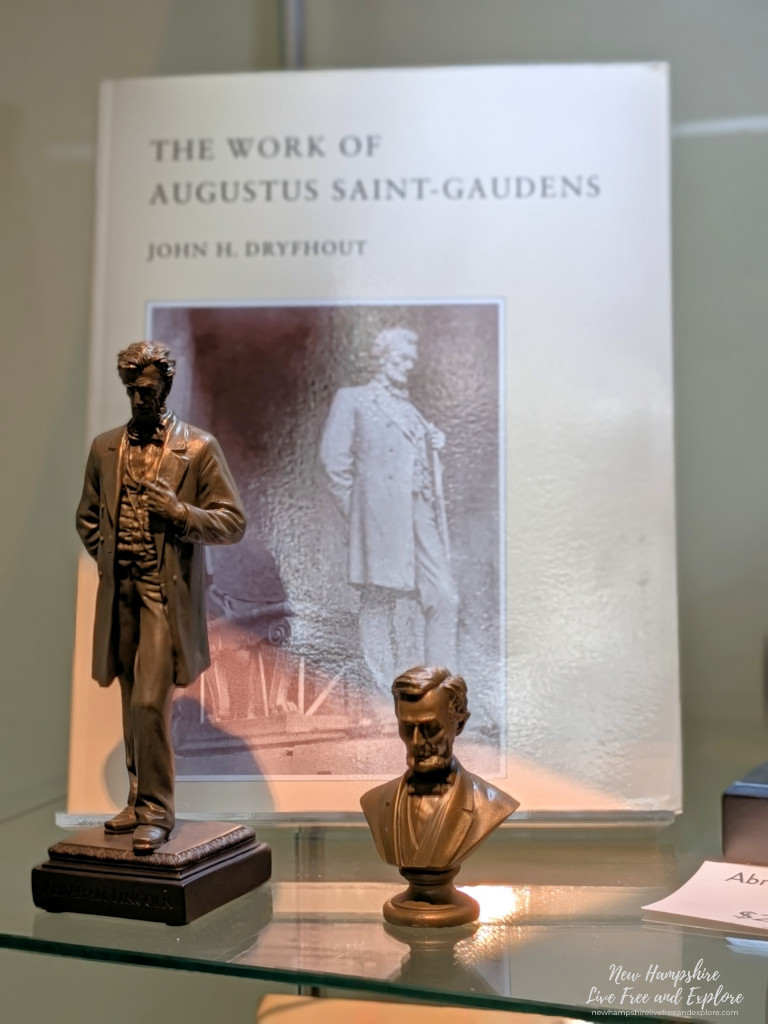
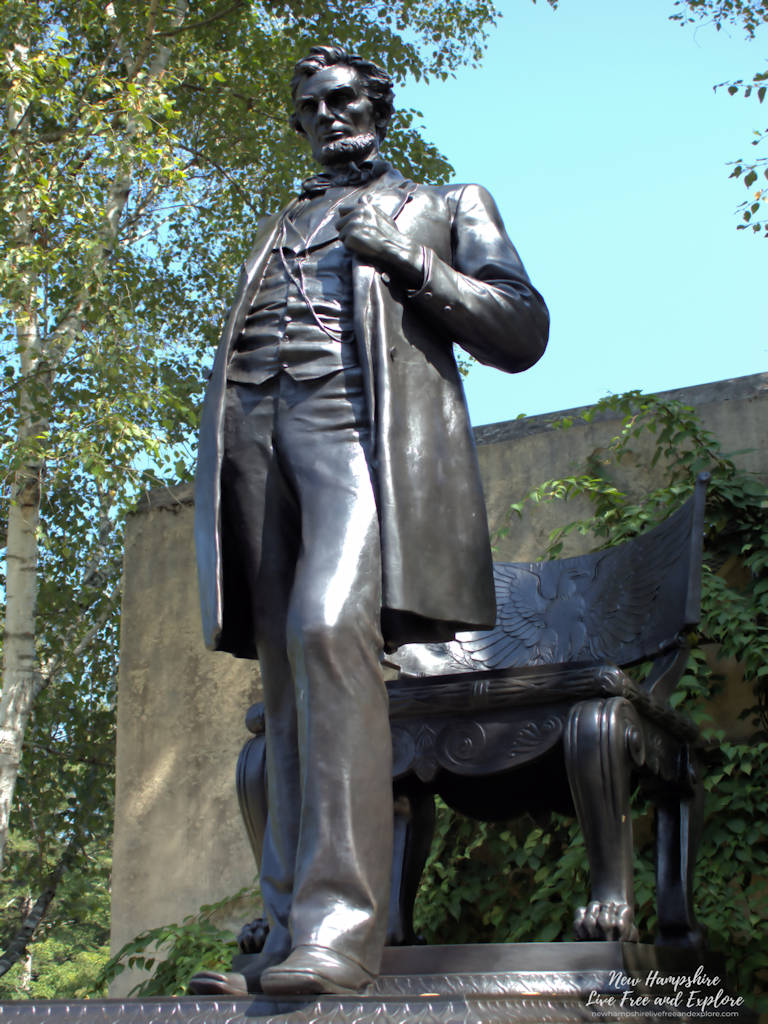
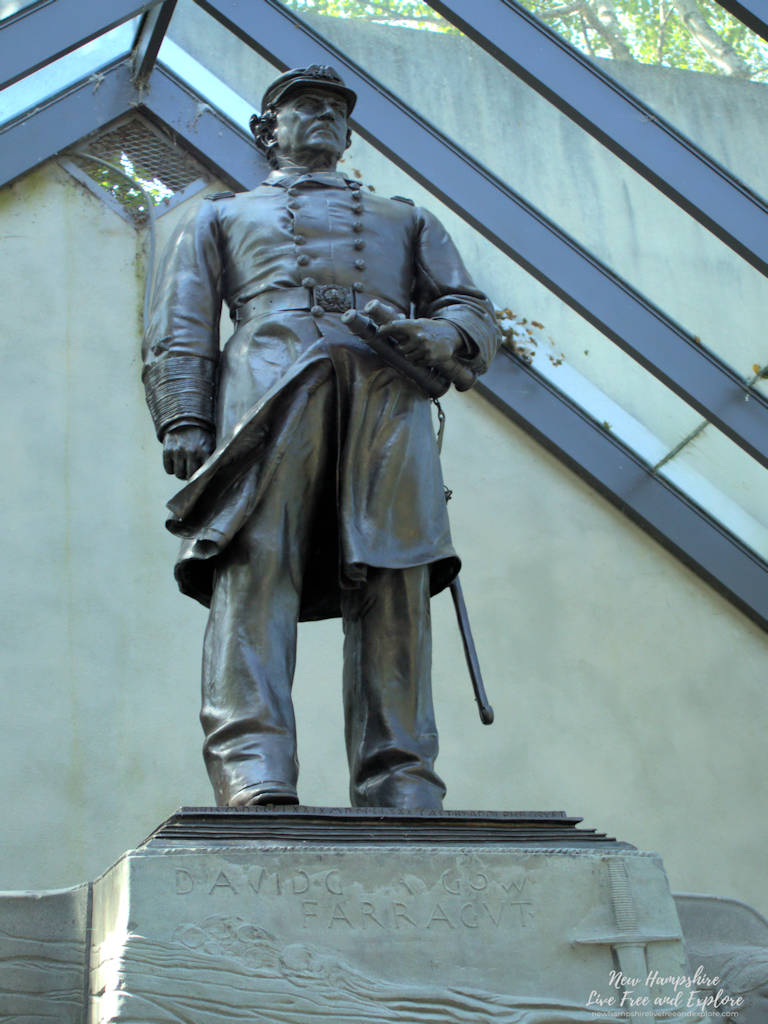
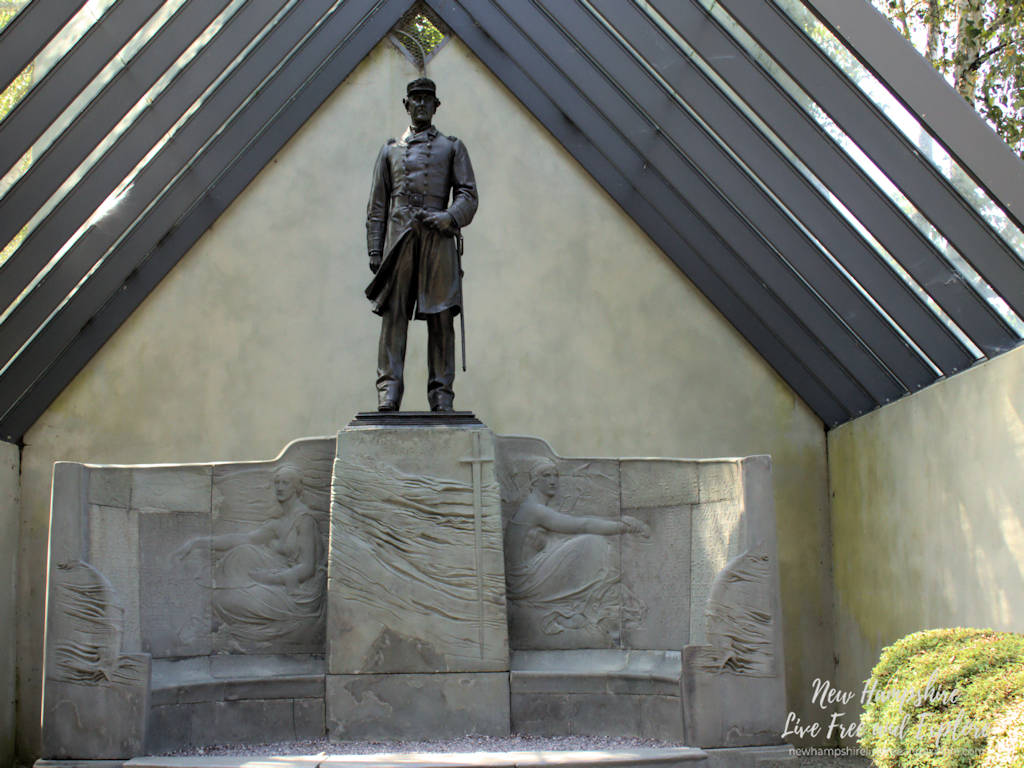

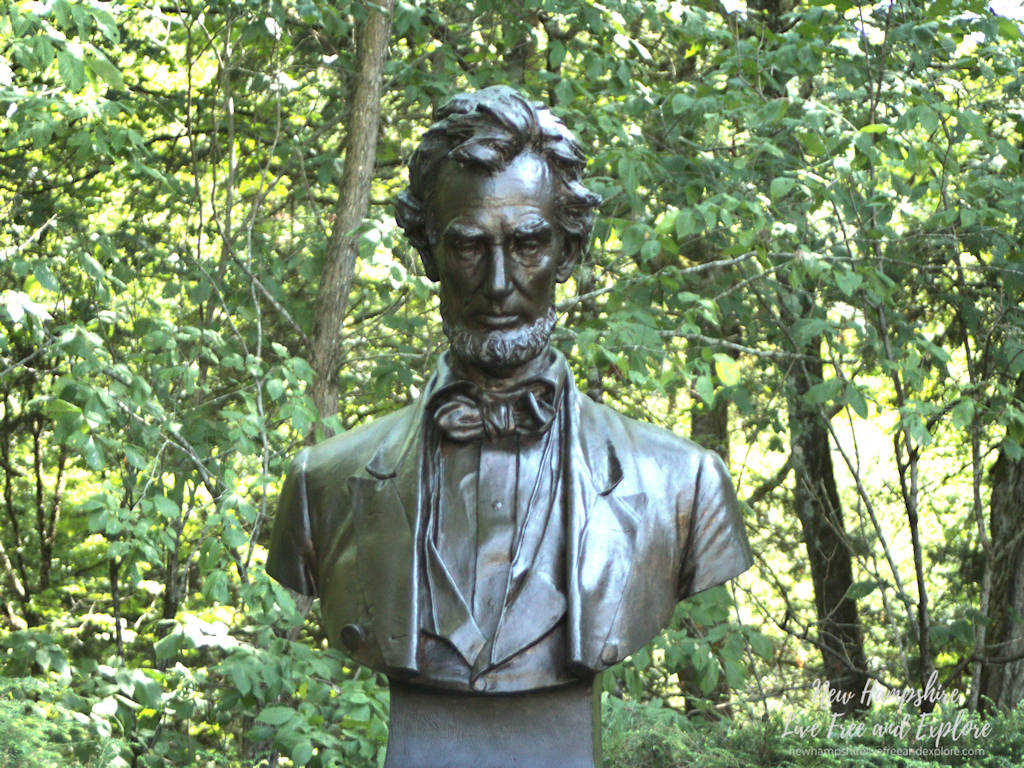
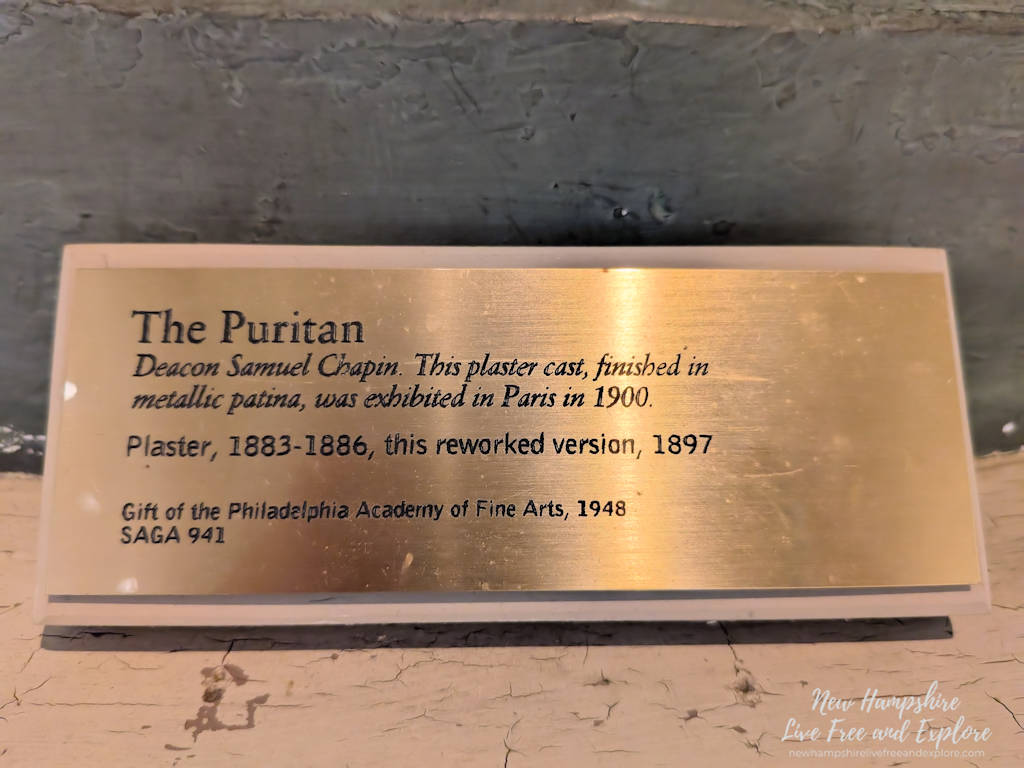
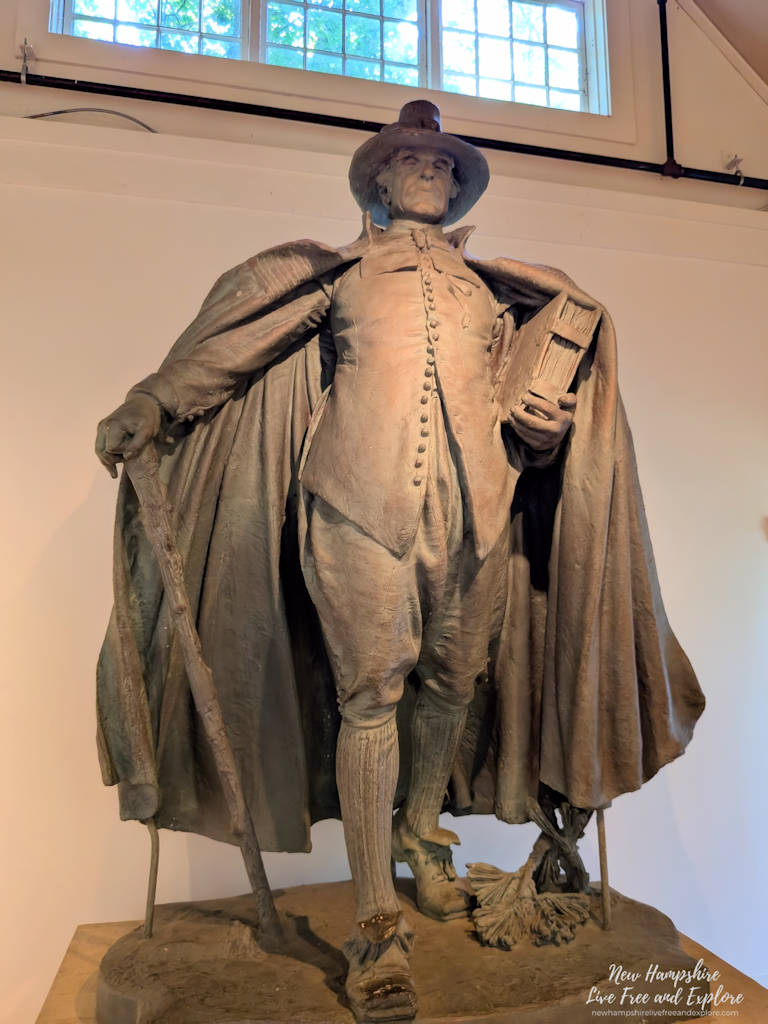
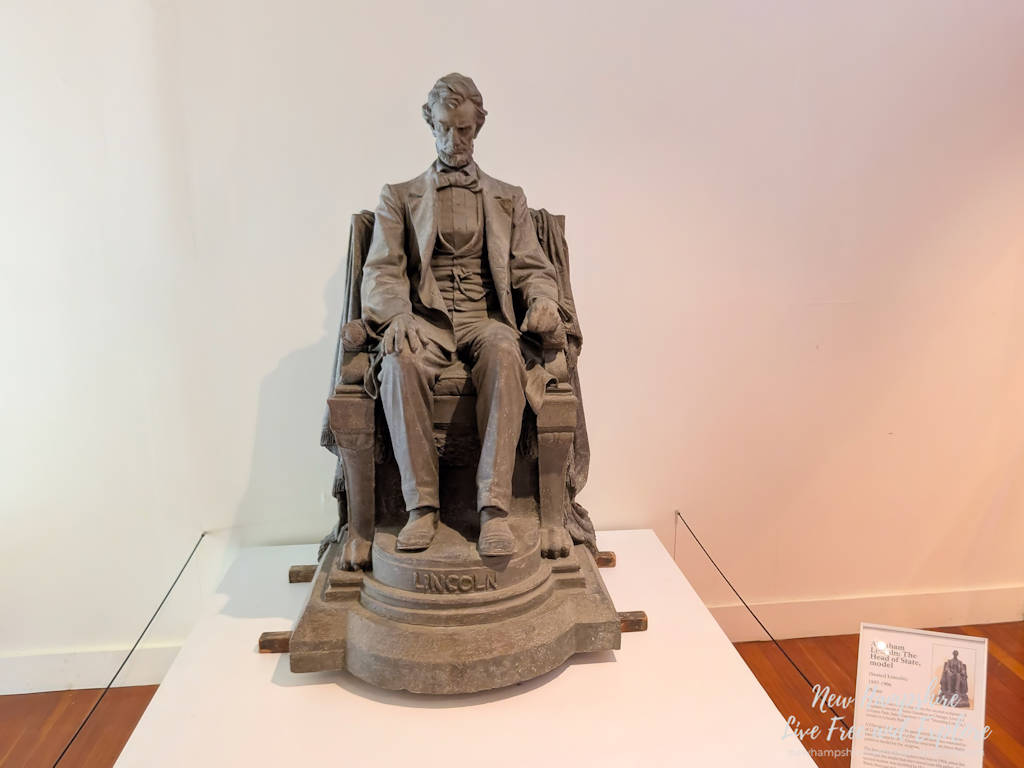
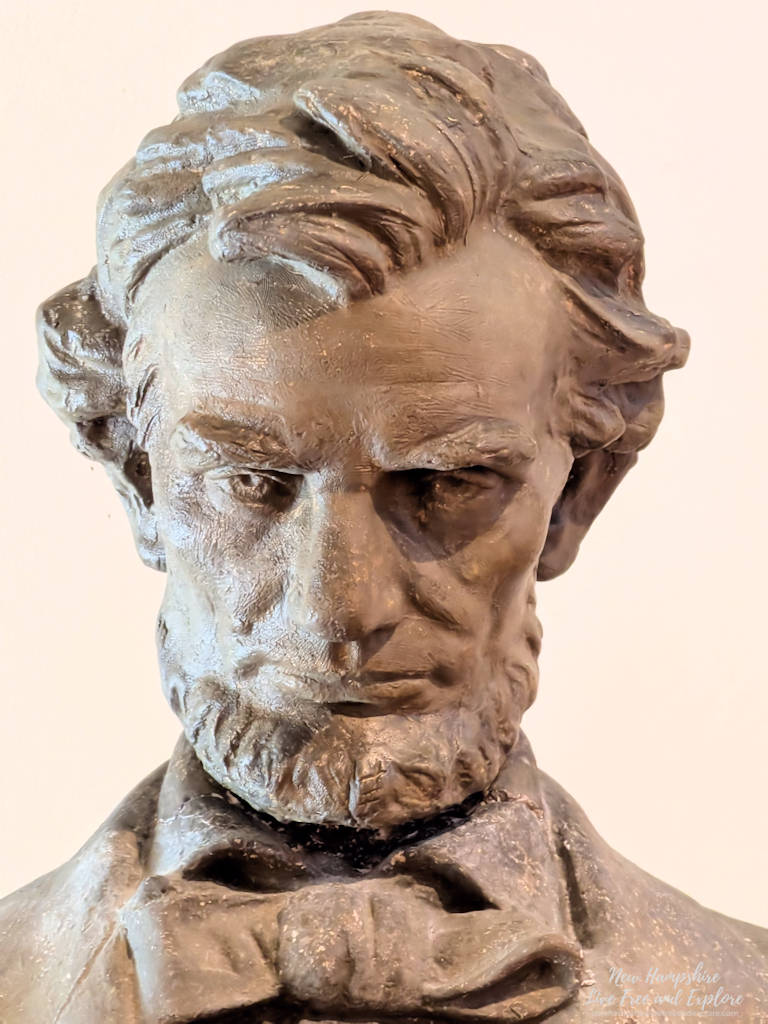
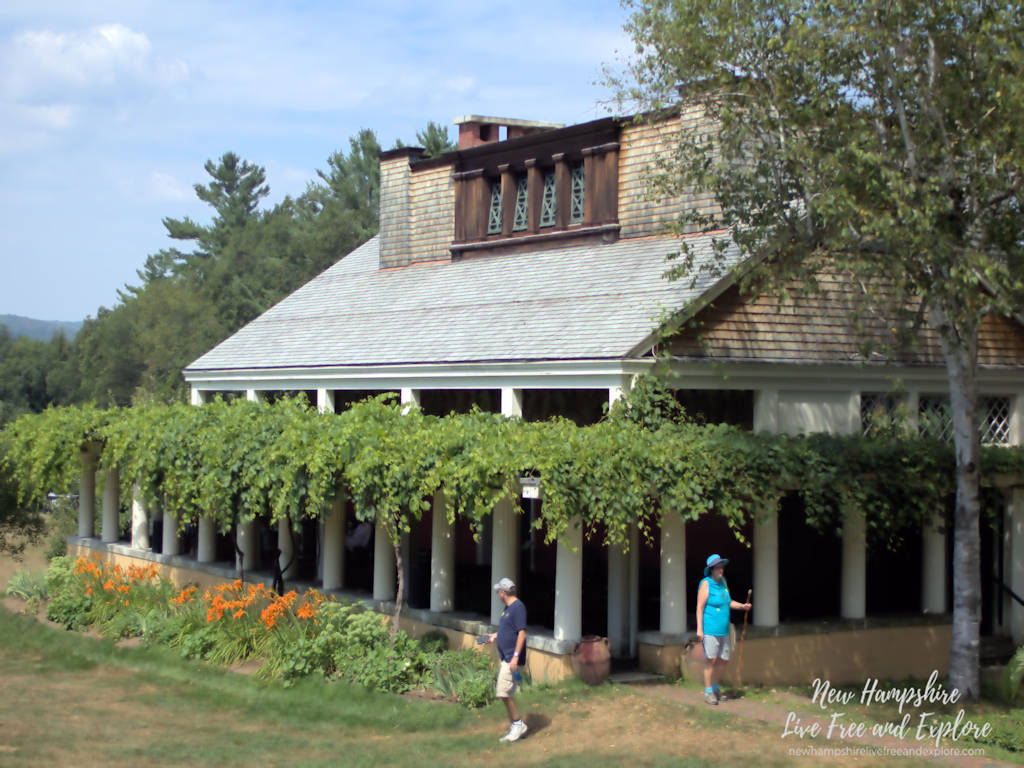
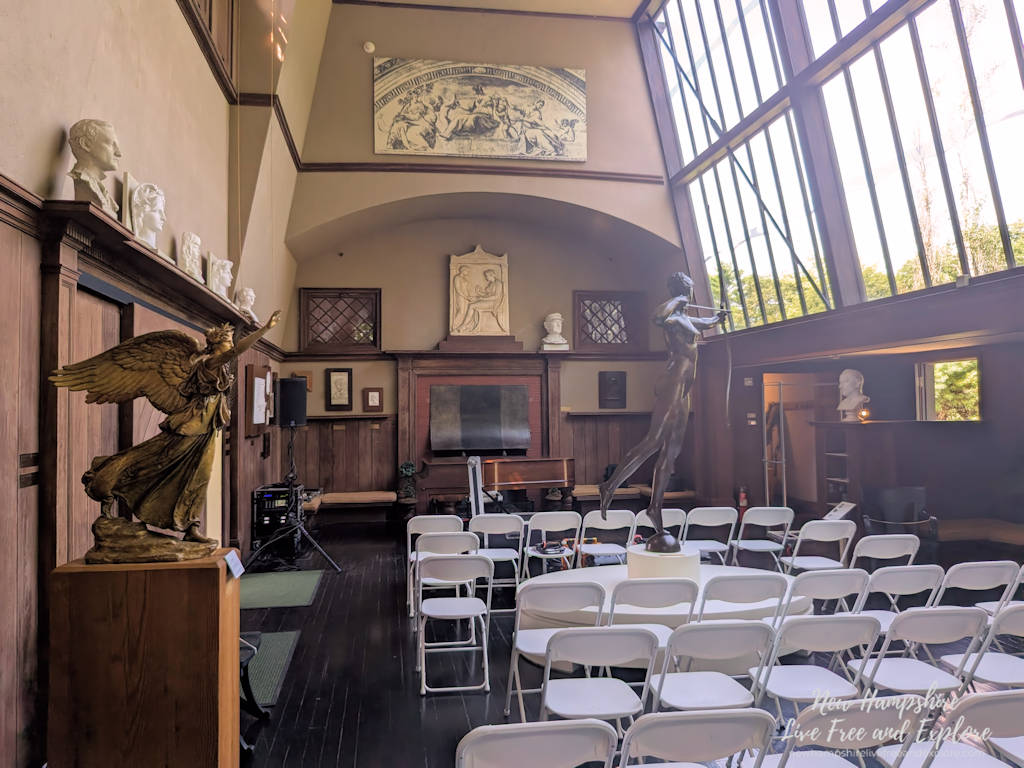
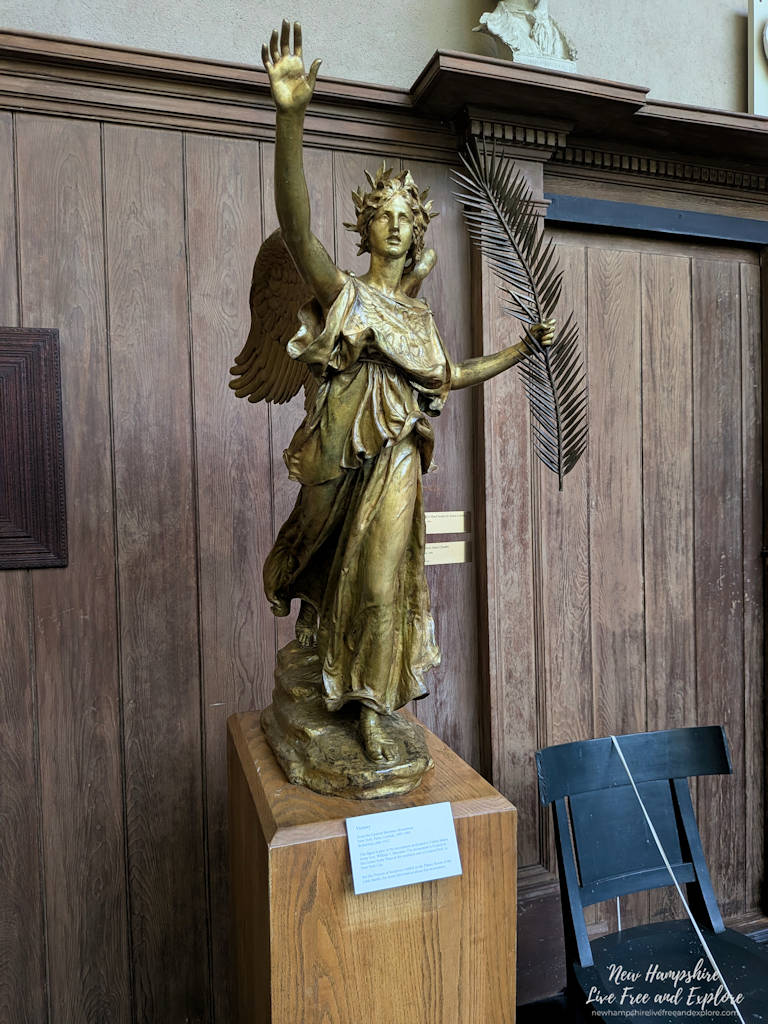
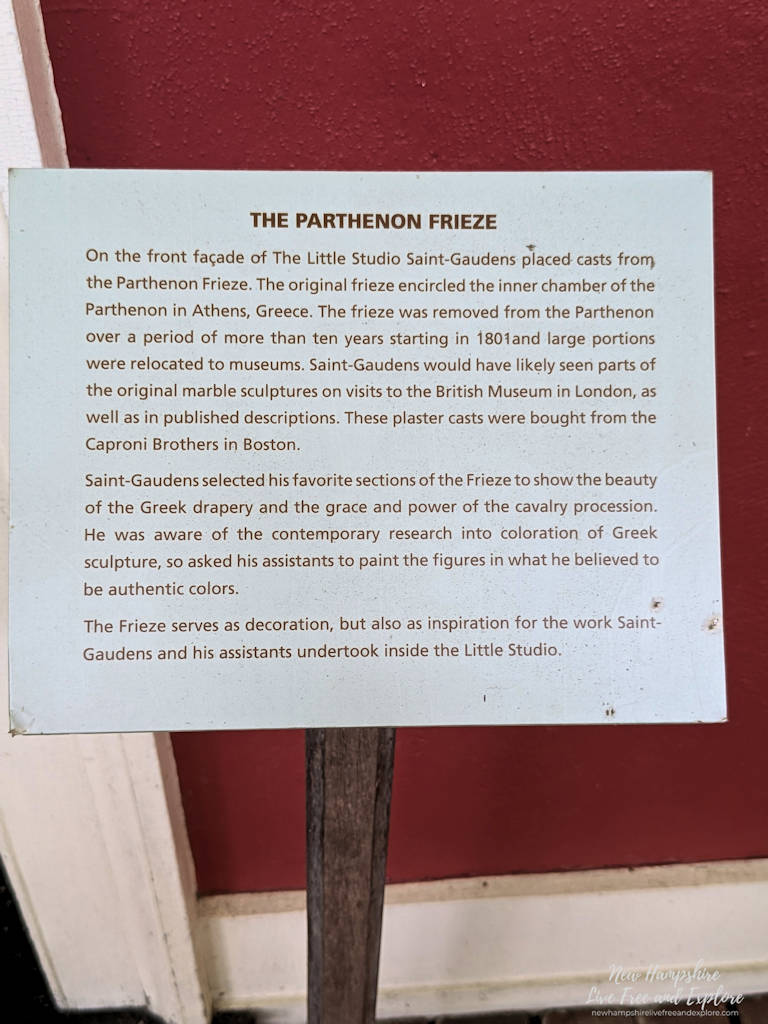
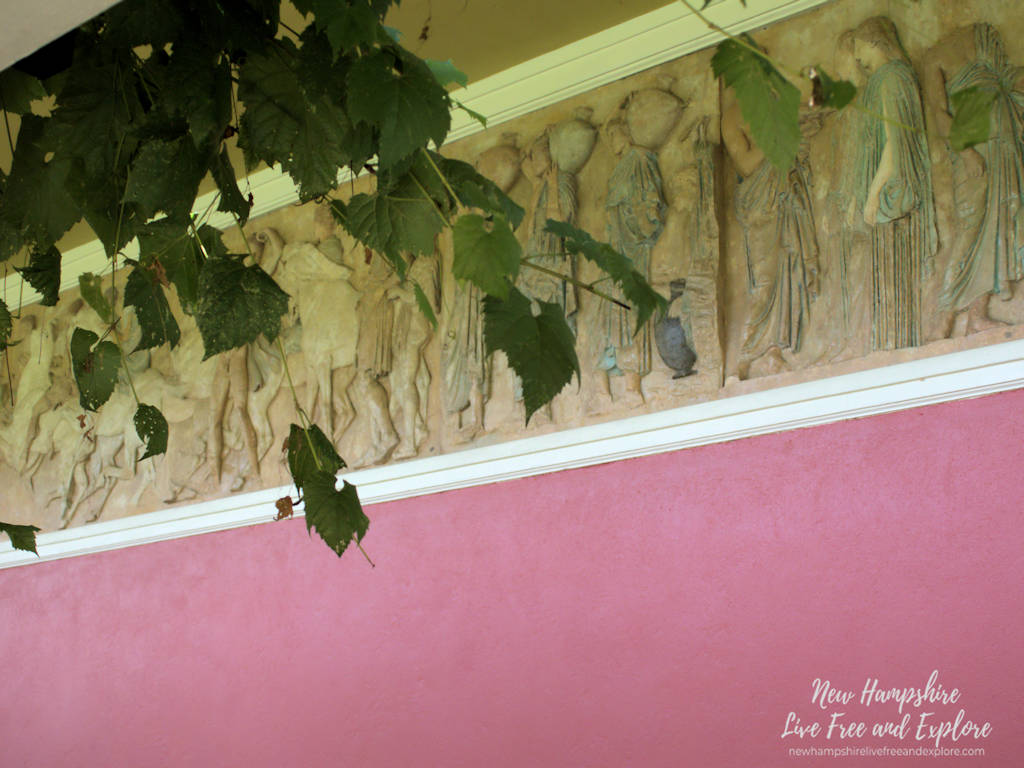

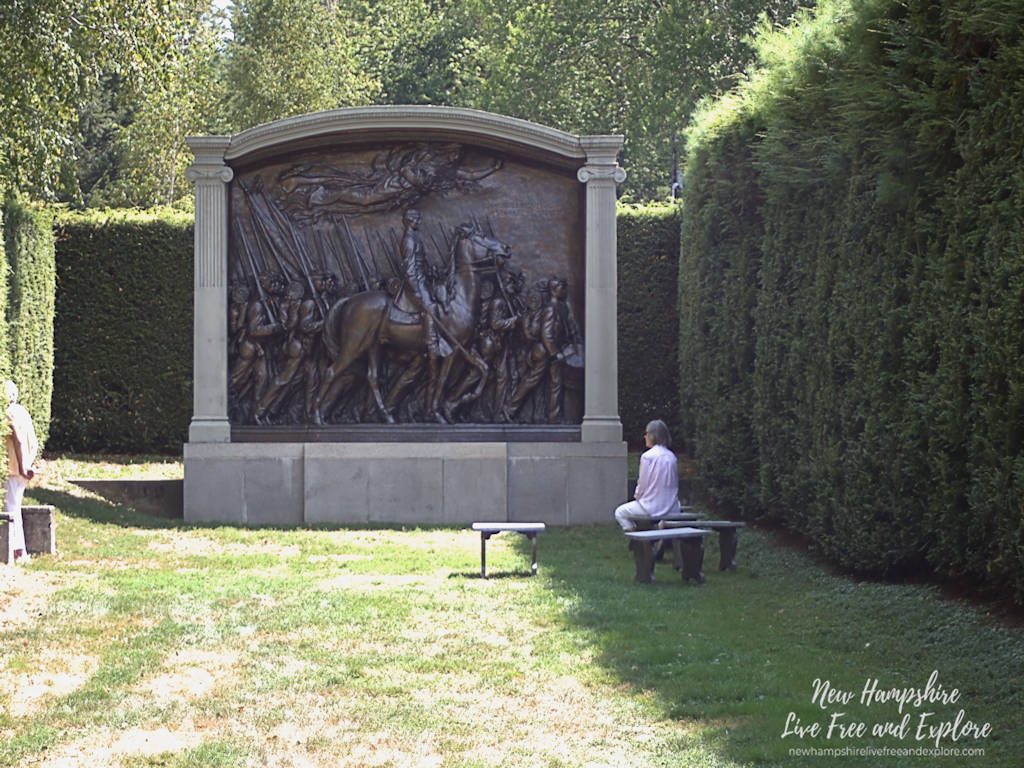
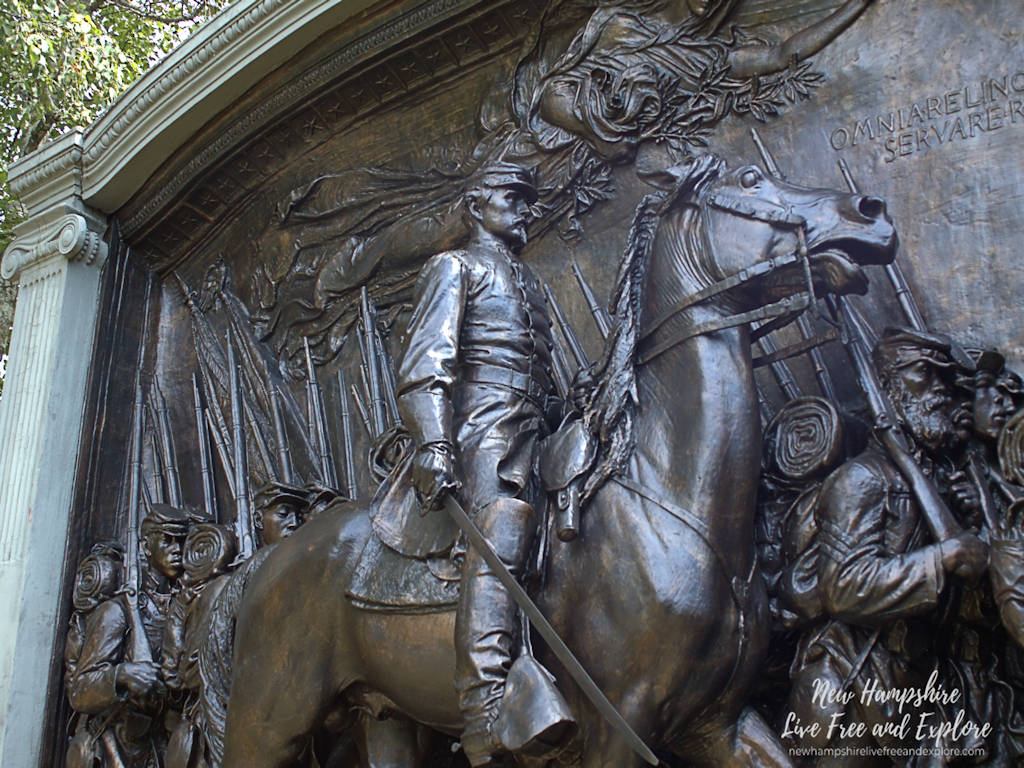
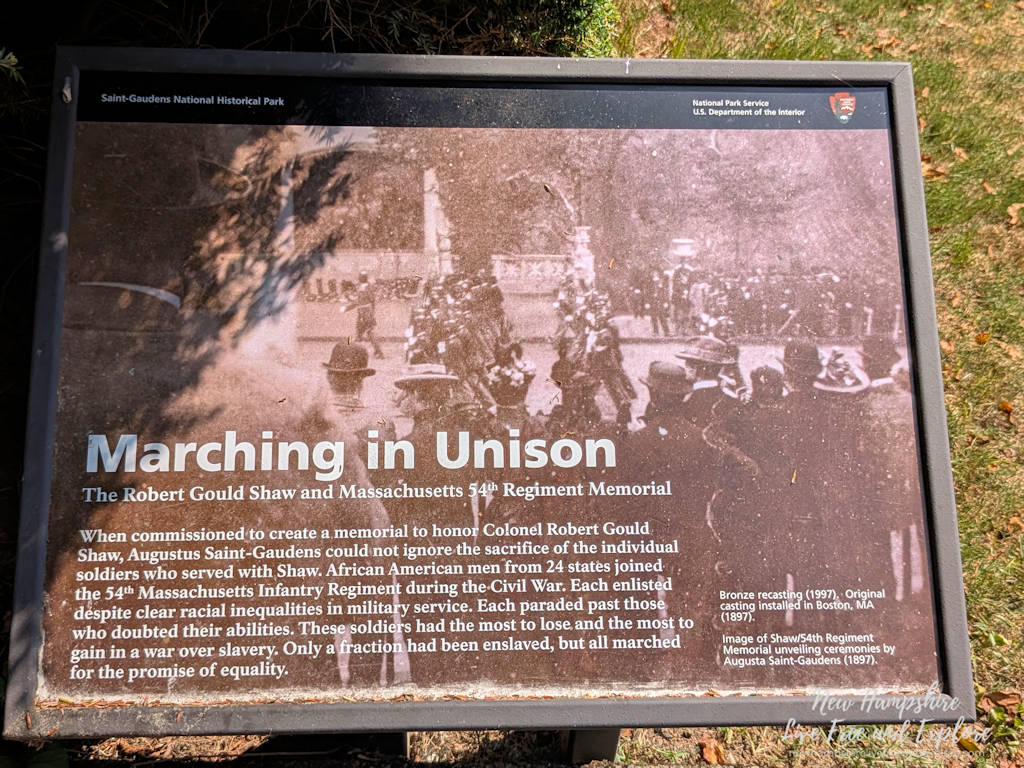
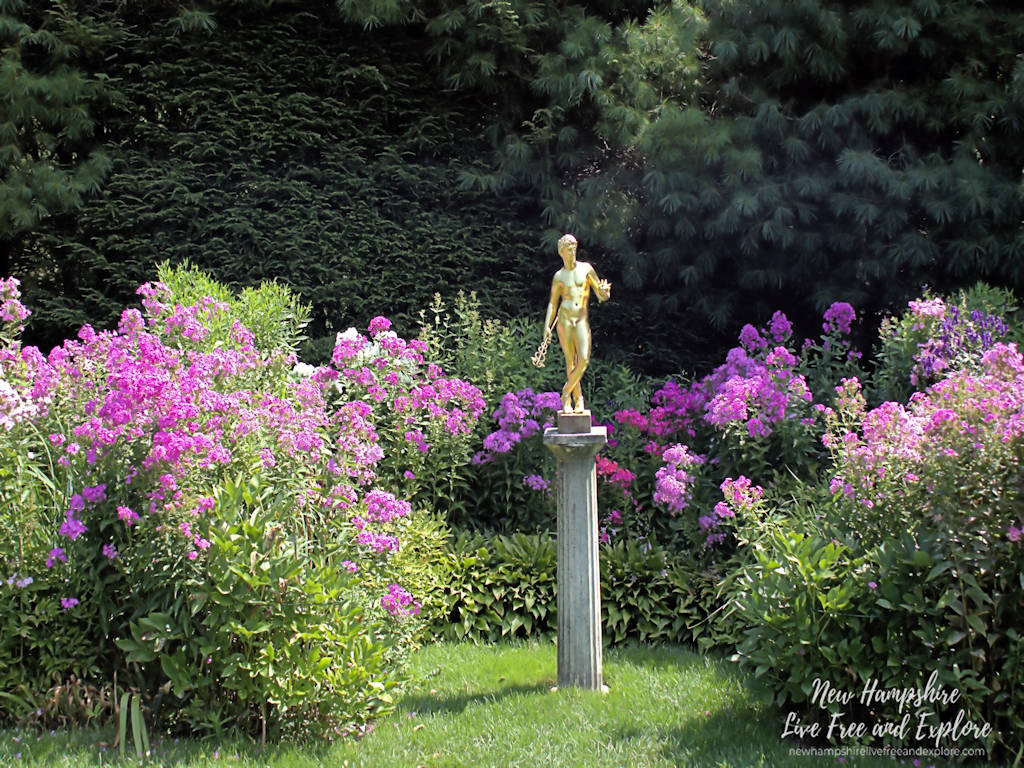
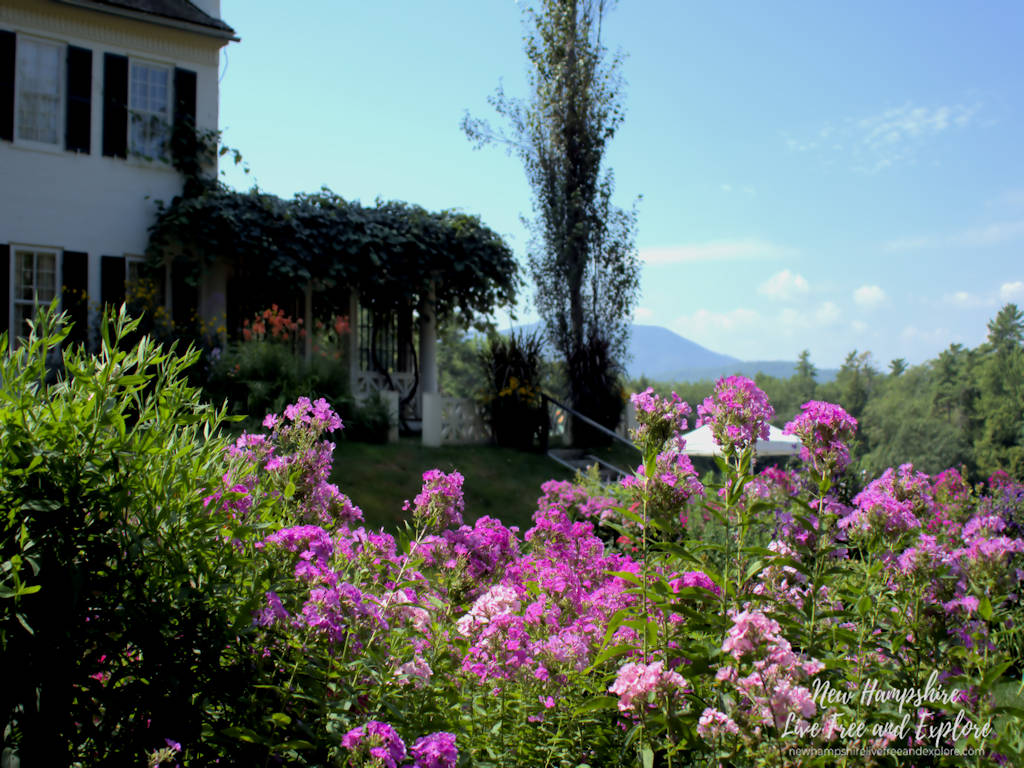
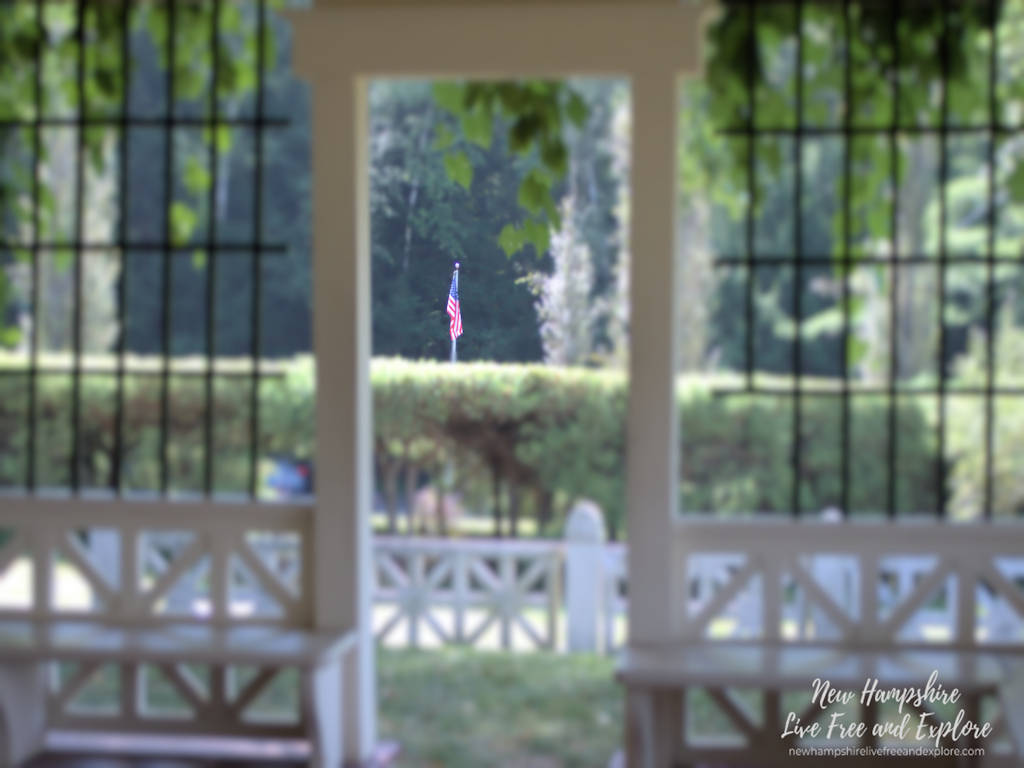
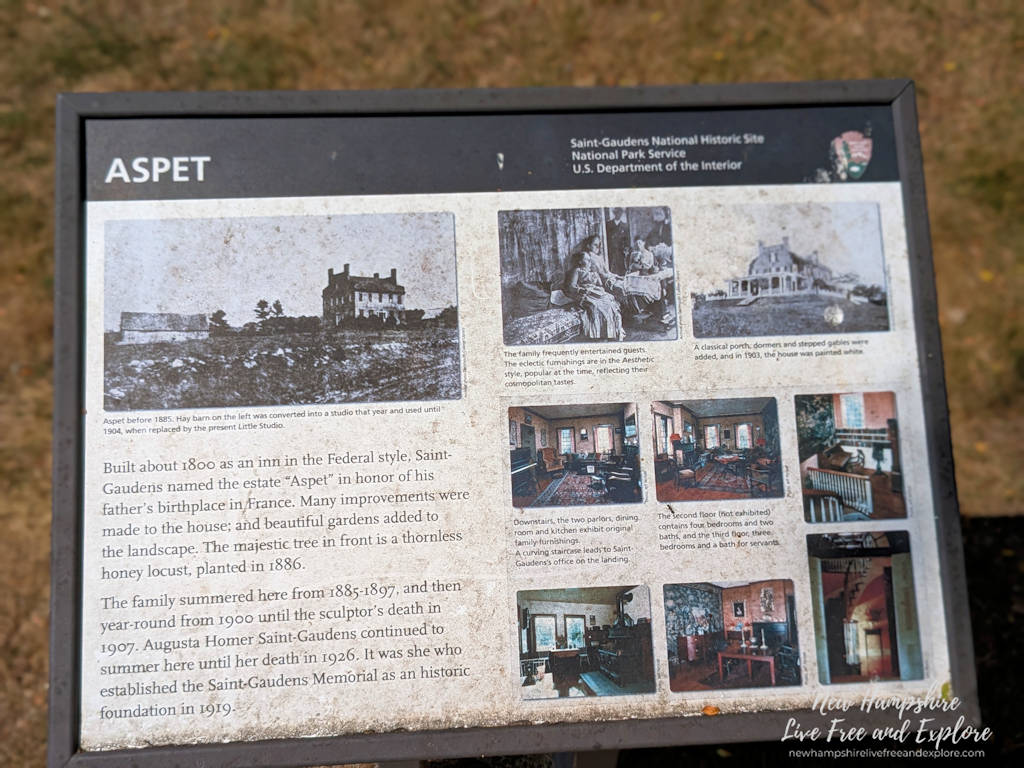
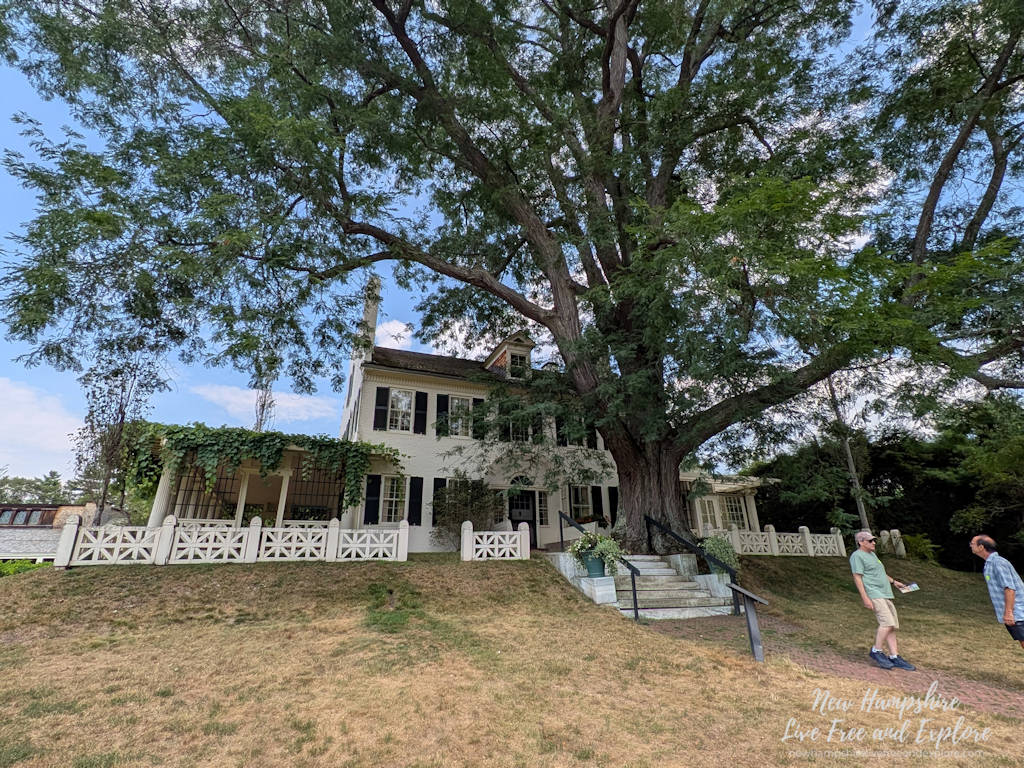
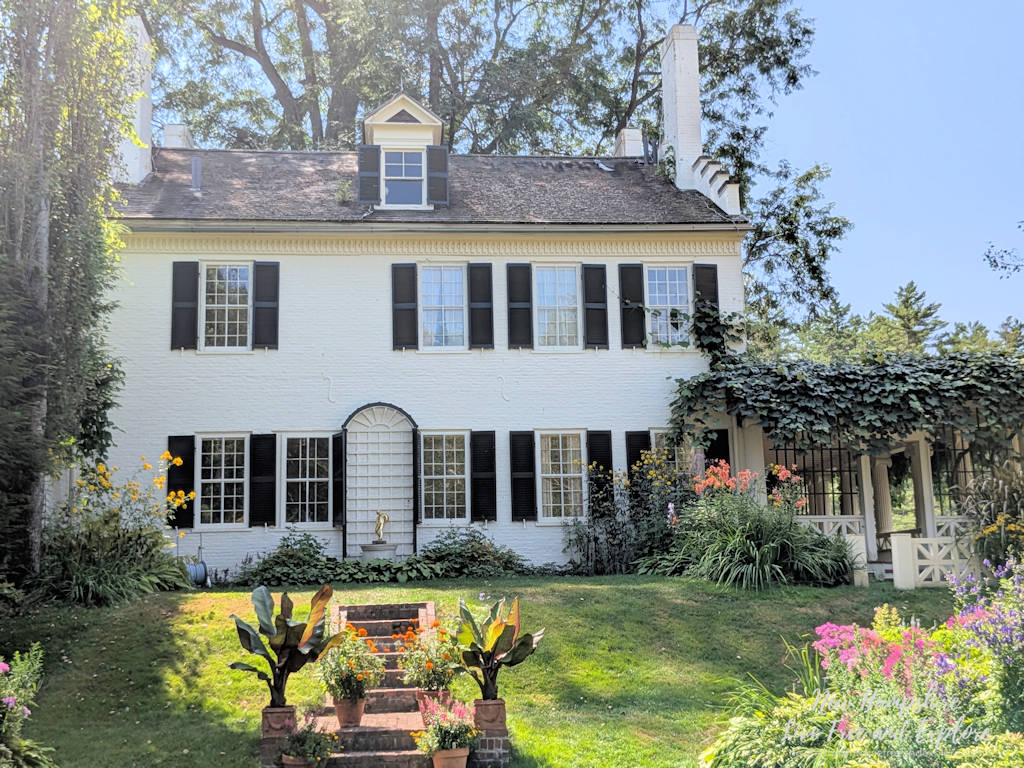
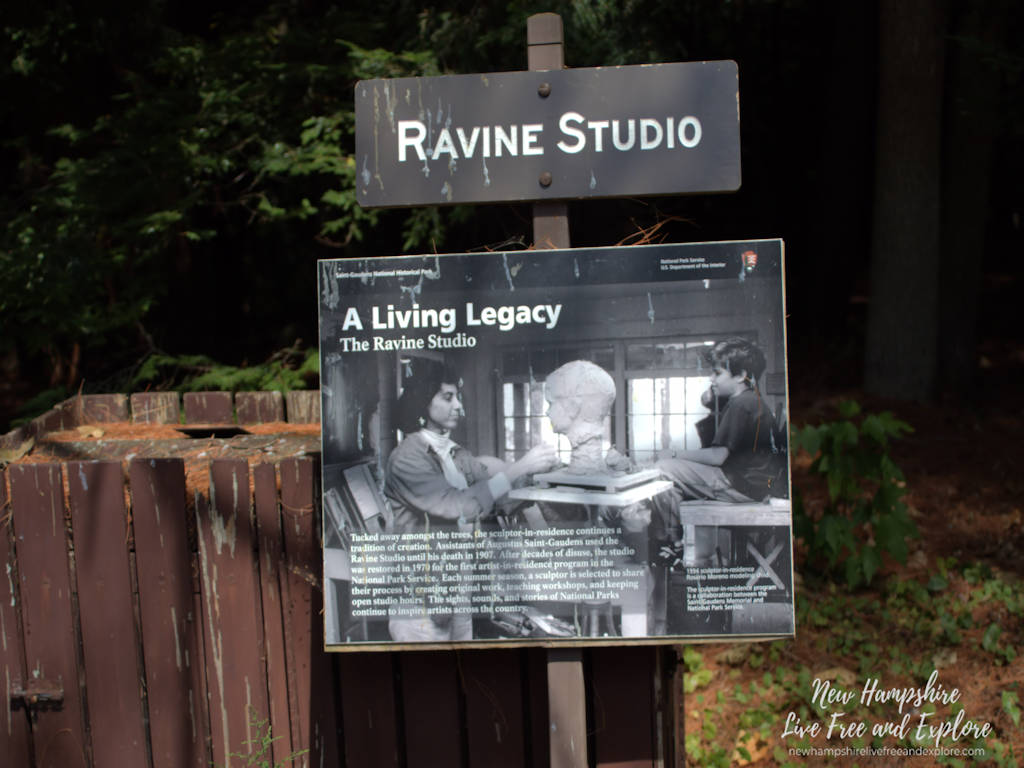
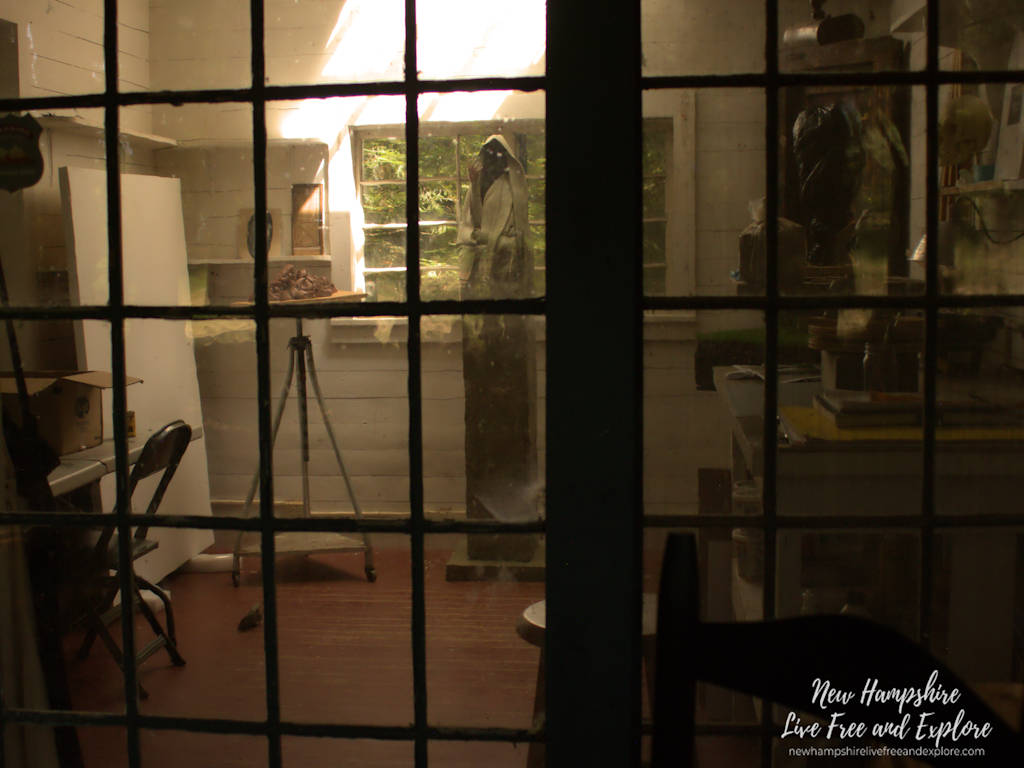
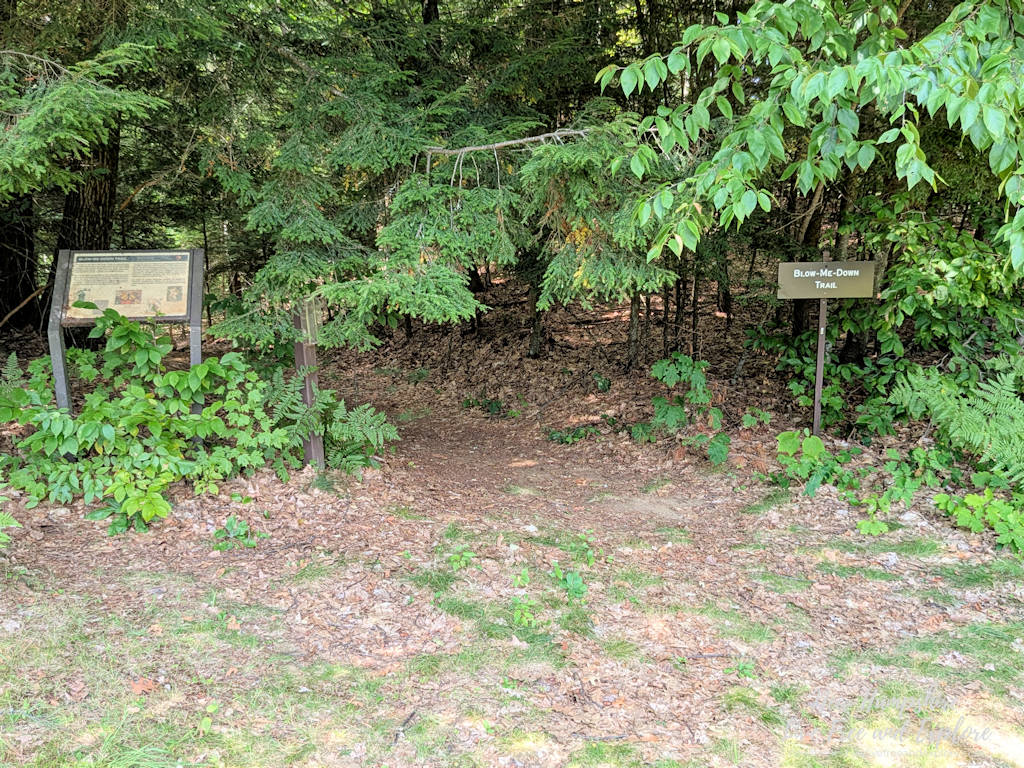
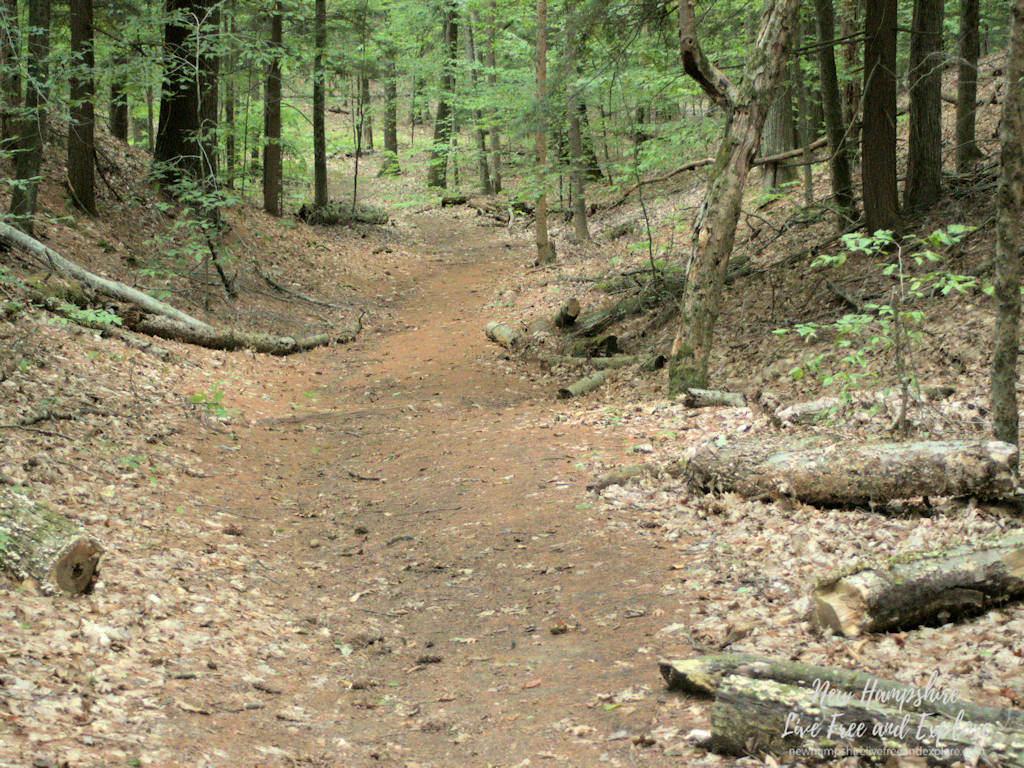


0 Comments